-
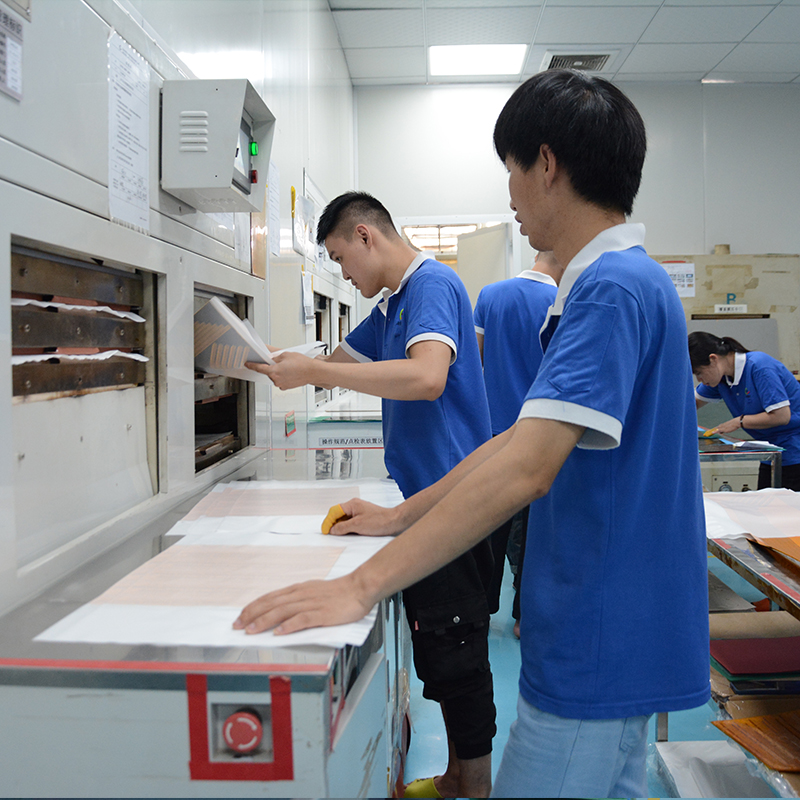
Hand Soldering FPC Boards: Key Tips and Considerations
Introduce When assembling flexible printed circuit (FPC) boards, hand soldering is a widely used method due to its precision and cost-effectiveness. However, there are several key factors to consider in order to achieve a successful solder connection. In this blog post, we will discuss the key po...Read more -
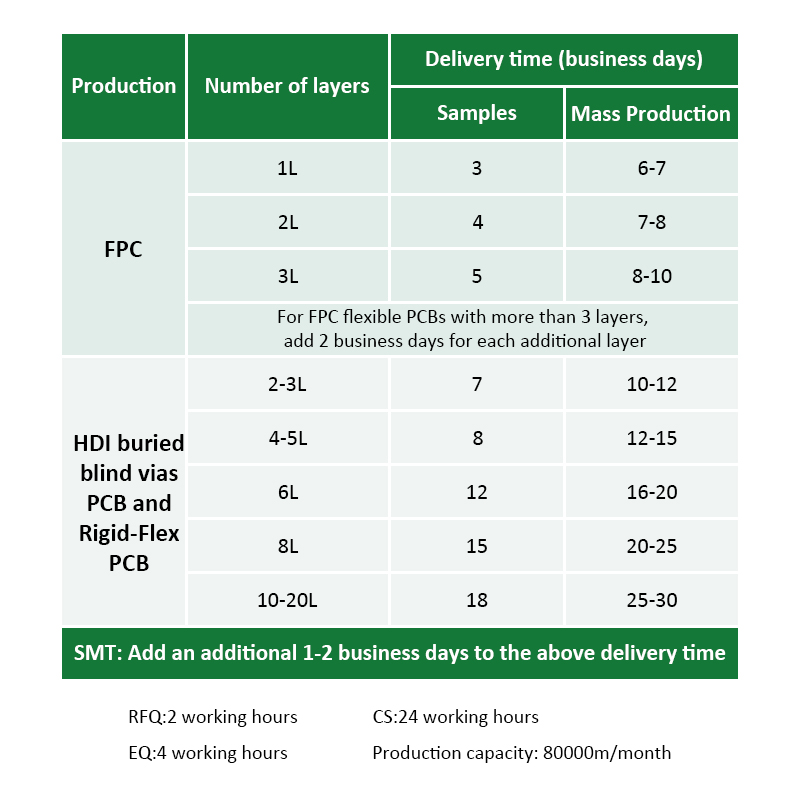
Capel Flex PCB Prototyping: How Long Does it Take?
In this article, we’ll give you a detailed overview of our flexible PCB prototyping services, including timelines, minimum order quantities (MOQs), and other features that make Capel your best choice. Welcome to our blog post where we will address one of the most frequently asked questions ...Read more -
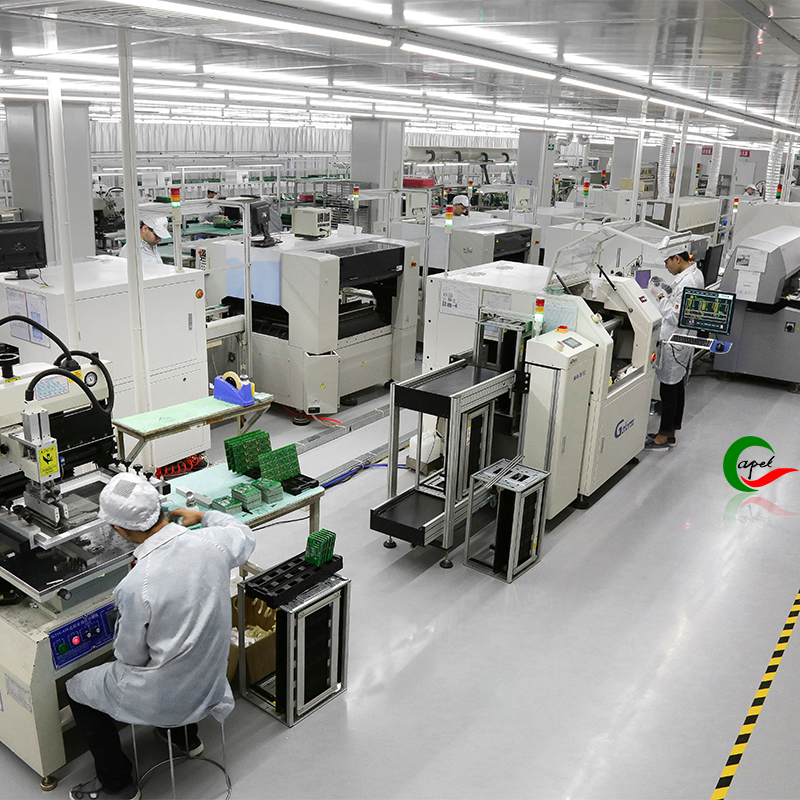
Flexible PCBs: Exploring the Pros and Cons
Introduce: In the field of electronics, technological advancements continue to revolutionize the way devices are designed and manufactured. One of the game-changing innovations is the use of flexible printed circuit boards (PCBs). Flexible PCBs are a flexible alternative to traditional rigid circ...Read more -
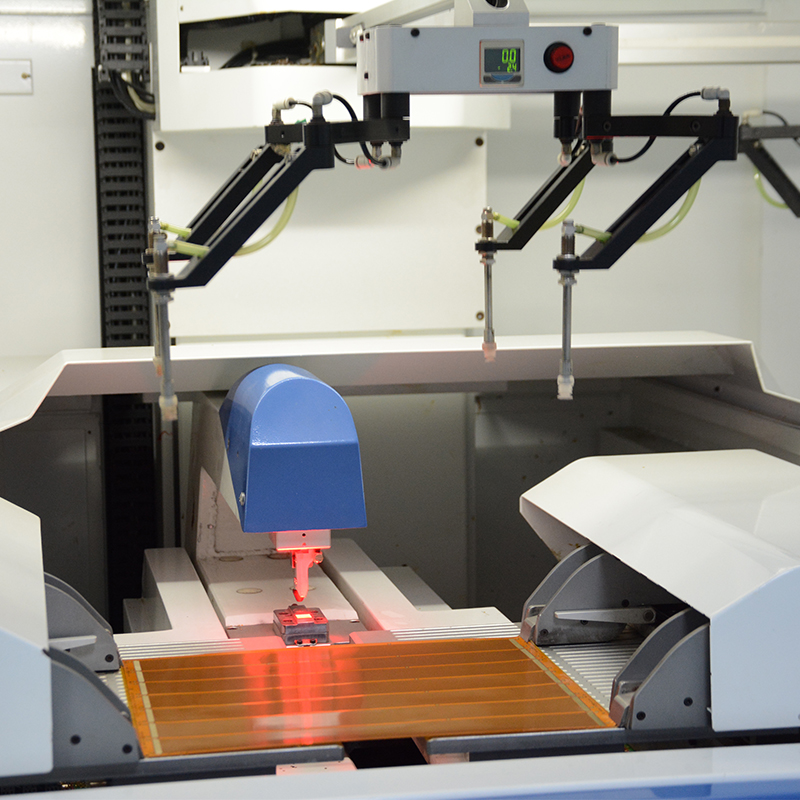
What is the lifespan of flexible circuit boards?
Introduction: In this blog post, we’ll take a closer look at flexible PCB lifespan, its factors, and ways to ensure optimal performance throughout its lifecycle. Flex PCBs, also known as flexible printed circuit boards, have gained popularity in various industries due to their versatility and ab...Read more -
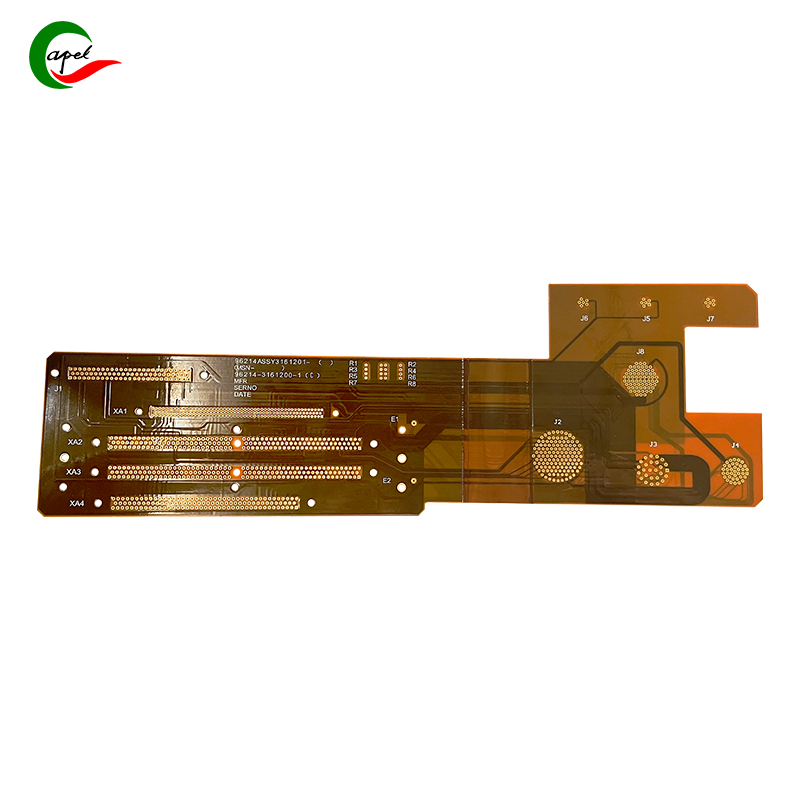
FR4 vs. Flexible PCB: Revealing the Key Differences
In this article, we will explore the differences between FR4 and flexible PCBs, clarifying their uses and advantages. When it comes to printed circuit boards (PCBs), there are a variety of options, each with their own unique characteristics and applications. Two commonly used types are FR4 and f...Read more -
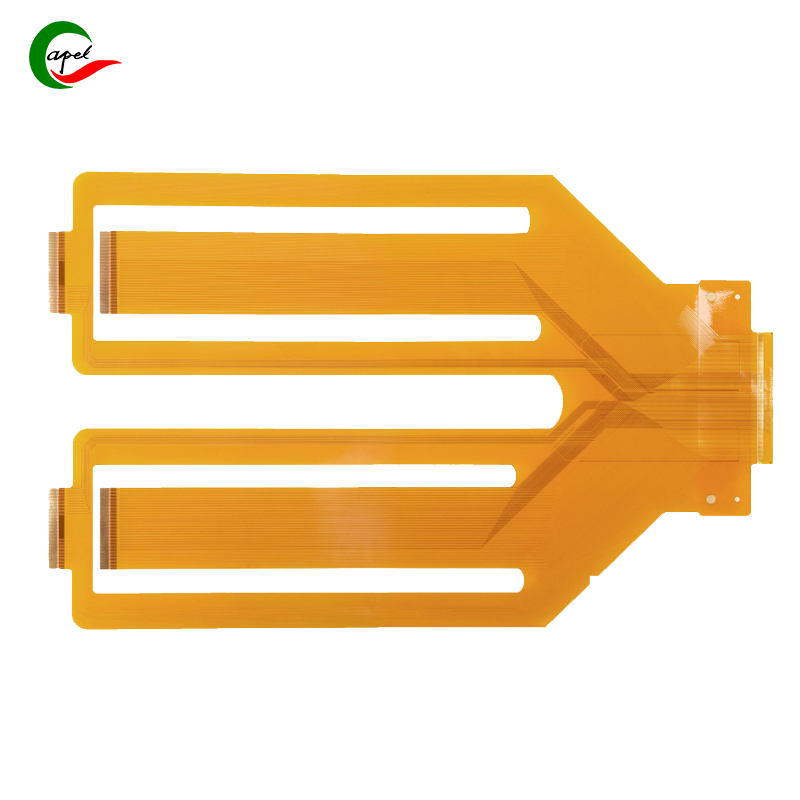
FR4 vs. Polyimide: Which material is suitable for flexible circuits?
In this blog, we will explore the differences between FR4 and polyimide materials and their impact on flex circuit design and performance. Flexible circuits, also known as flexible printed circuits (FPC), have become an integral part of modern electronics due to their ability to bend and twist. T...Read more -
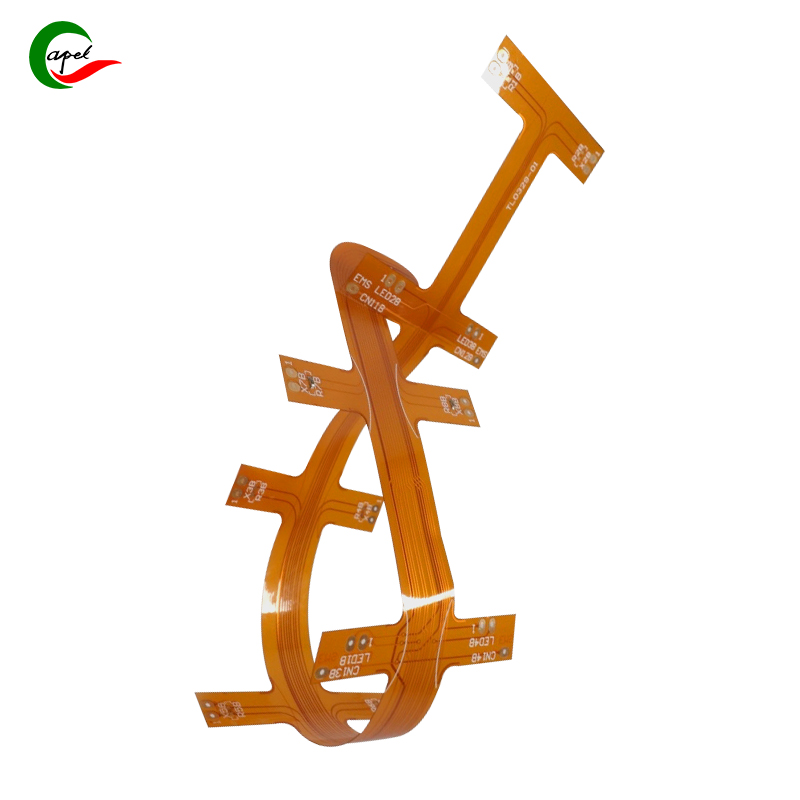
Flexible Printed Circuit Board Materials and Structure
In this blog post, we’ll explore the materials used in flexible PCBs and delve into the construction process, revealing the incredible technology behind these versatile circuit boards. Flexible printed circuit boards (PCBs) have revolutionized the electronics industry by providing a flexible alte...Read more -
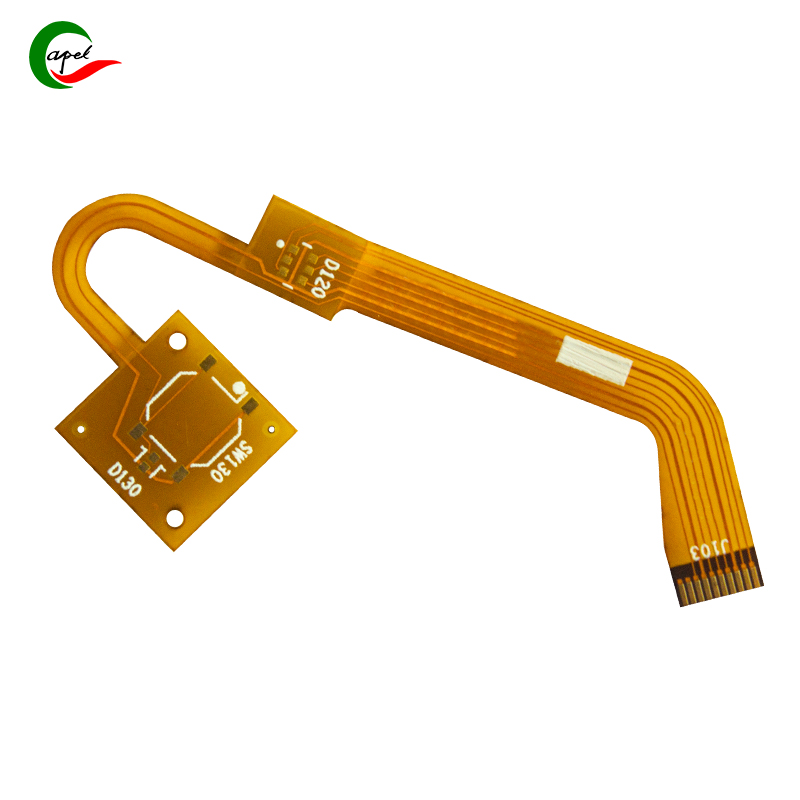
Flexible vs. Rigid PCBs: Choosing the Right Type
In this article, we’ll take a closer look at the differences between flexible and rigid PCBs and discuss the key factors to consider when making this important decision. In the field of electronics, printed circuit board (PCB) selection plays a vital role in the functionality and performanc...Read more -
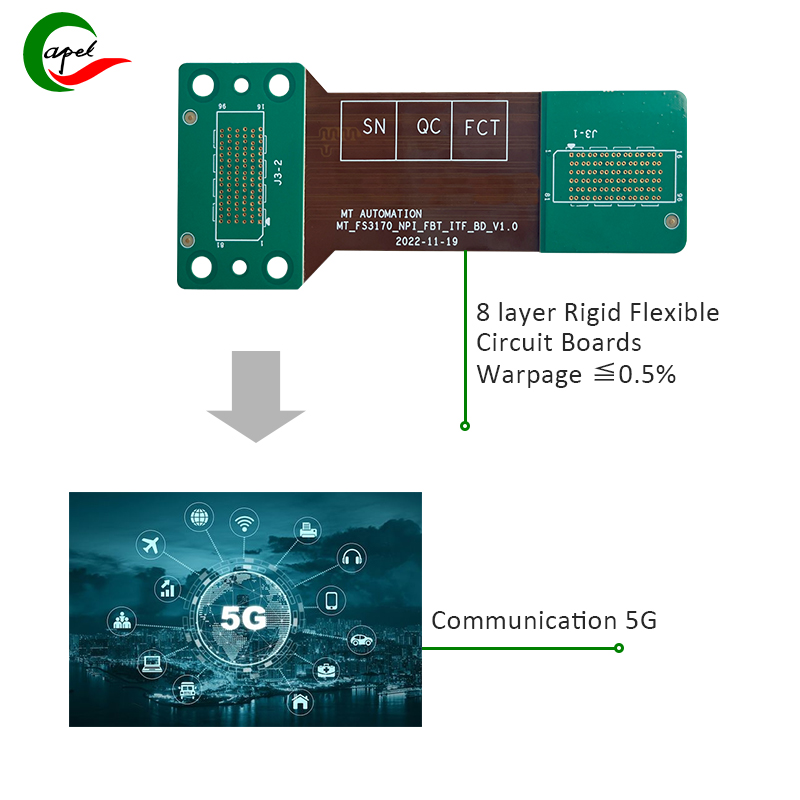
Why use rigid-flex boards instead of flexible PCBs in electronic projects?
This blog explores why using rigid-flex PCBs is preferable to flexible PCBs in electronics projects and how they can help enhance performance and functionality. Introduce: In today’s rapidly evolving technological environment, there is a constant need to improve the efficiency and flexibili...Read more -
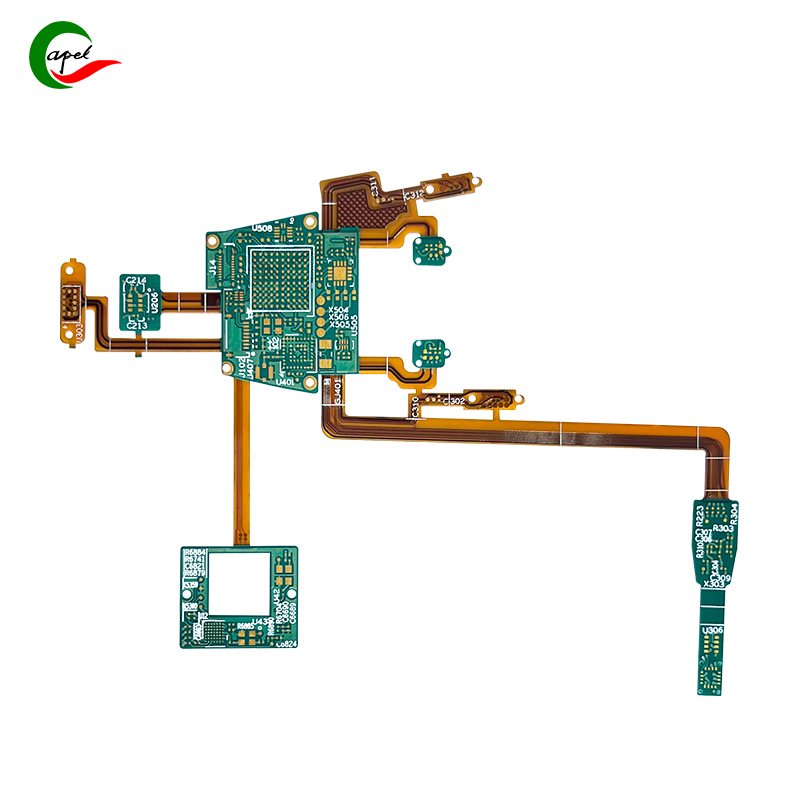
Rigid-flexible PCB flexibility: Unlocking flexible design solutions
Understanding the flexibility of rigid-flex PCBs is critical when optimizing performance and unlocking new design possibilities. In this blog, we’ll delve into the intricacies of this remarkable technology and explore the benefits it brings to a variety of applications. In today’s ever-evol...Read more -
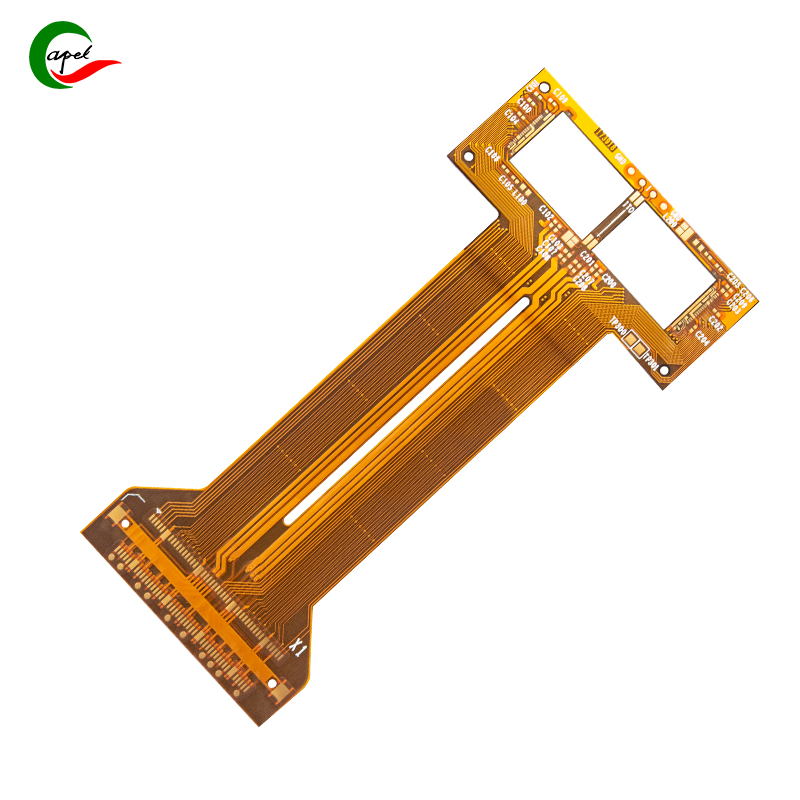
How thick is the copper in flexible PCBs?
When it comes to flexible PCBs (printed circuit boards), one of the key factors to consider is the thickness of the copper. Copper plays a vital role in the functionality and durability of flexible PCBs and is therefore an important aspect to understand. In this blog post, we’ll delve deeper into...Read more -
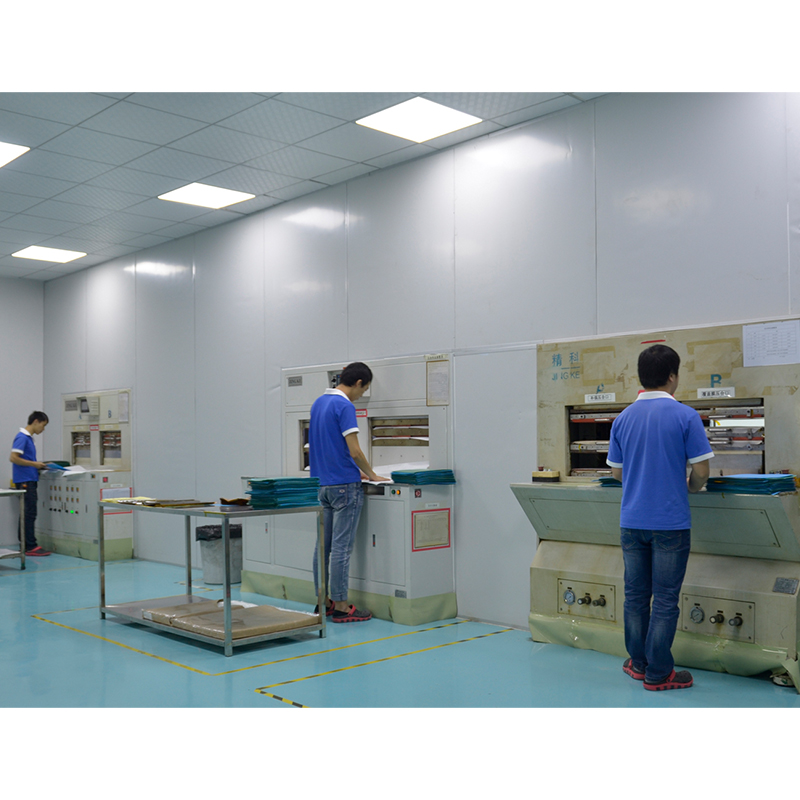
Rigid-Flex PCB vs. Flexible PCB: Analyzing Flexibility
In modern electronics and circuits, flexibility plays a vital role in designing and manufacturing innovative products. Rigid-flex PCB and flexible PCB are two types of printed circuit boards (PCBs) with flexible structures. However, how do these two options perform when comparing their flexibilit...Read more






